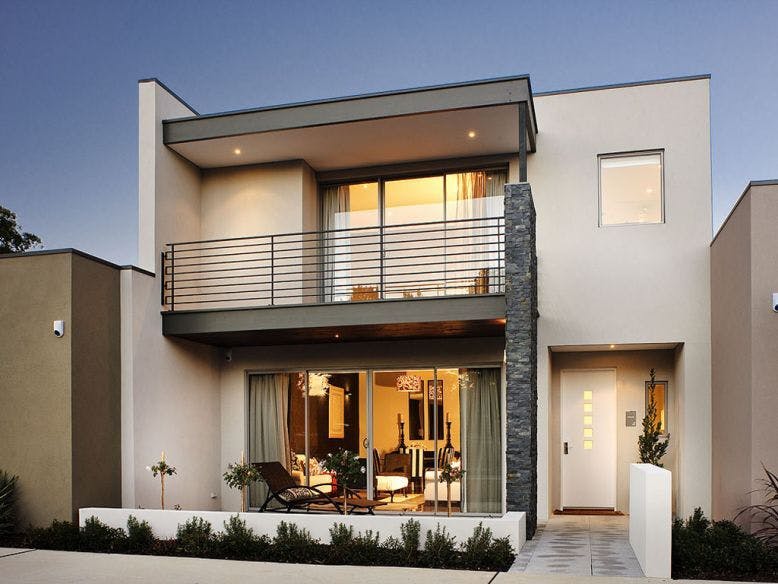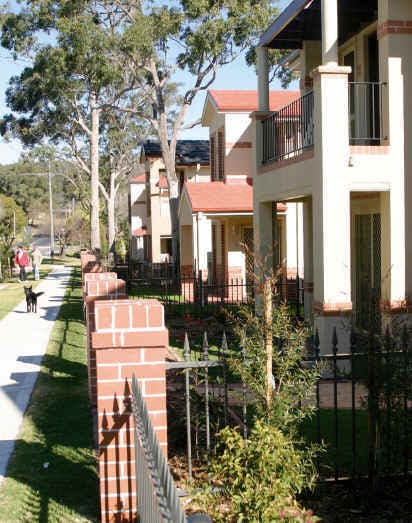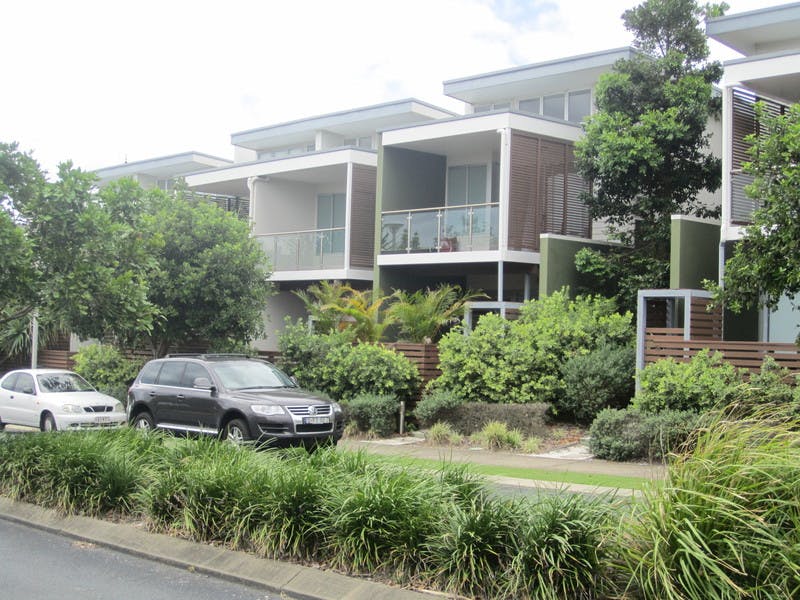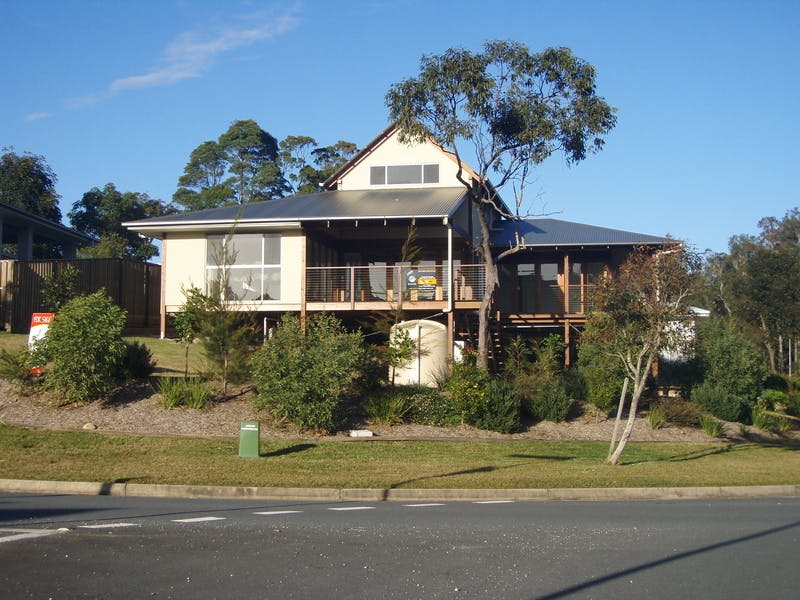Tweed Housing Code
This consultation has concluded.

Another chance to comment on Tweed homes in the future
Stage 2 of Council's Housing Code Review begins on Monday 14 May, giving Tweed residents and ratepayers another opportunity to say what they think housing in the Tweed should look like in the future.
While Stage 2 introduces two new discussion papers - about the size and scales of homes (building envelopes) and ancillary structures such as fences and carports - the original four discussion papers will again be open for input.
Online forums and surveys will be open for all six discussion papers from Monday 14 May to Tuesday 12 June.
What do you want Tweed housing to look like in the future?
That's the question we're asking you and your community as Tweed Shire Council embarks upon a review of its Tweed Housing Code. The review is seeking the community's feedback on how housing design should look, how it responds to the climate and locality and whether current housing design trends are reflective of community values and the Tweed's natural amentiy.
Tweed Shire Council is reviewing its Development Control Plan (DCP) A1 for residential and tourist development, refered to in this engagement campaign as the Tweed Housing Code.
We want you to:
- read the documents in the library
- add your comments on the code and join the conversation in the forums below
- complete our surveys
- complete our quick poll
Tell us how you want houses and residential areas in the shire to look over the next decade and beyond.

Another chance to comment on Tweed homes in the future
Stage 2 of Council's Housing Code Review begins on Monday 14 May, giving Tweed residents and ratepayers another opportunity to say what they think housing in the Tweed should look like in the future.
While Stage 2 introduces two new discussion papers - about the size and scales of homes (building envelopes) and ancillary structures such as fences and carports - the original four discussion papers will again be open for input.
Online forums and surveys will be open for all six discussion papers from Monday 14 May to Tuesday 12 June.
What do you want Tweed housing to look like in the future?
That's the question we're asking you and your community as Tweed Shire Council embarks upon a review of its Tweed Housing Code. The review is seeking the community's feedback on how housing design should look, how it responds to the climate and locality and whether current housing design trends are reflective of community values and the Tweed's natural amentiy.
Tweed Shire Council is reviewing its Development Control Plan (DCP) A1 for residential and tourist development, refered to in this engagement campaign as the Tweed Housing Code.
We want you to:
- read the documents in the library
- add your comments on the code and join the conversation in the forums below
- complete our surveys
- complete our quick poll
Tell us how you want houses and residential areas in the shire to look over the next decade and beyond.
-
Should there be changes to the Housing Code regulations which control ancillary development, which comprises minor building works such as carports, swimming pools, balconies and decks?
almost 13 years agoShare Should there be changes to the Housing Code regulations which control ancillary development, which comprises minor building works such as carports, swimming pools, balconies and decks? on Facebook Share Should there be changes to the Housing Code regulations which control ancillary development, which comprises minor building works such as carports, swimming pools, balconies and decks? on Twitter Share Should there be changes to the Housing Code regulations which control ancillary development, which comprises minor building works such as carports, swimming pools, balconies and decks? on Linkedin Email Should there be changes to the Housing Code regulations which control ancillary development, which comprises minor building works such as carports, swimming pools, balconies and decks? link1 ResponseThis online discussion forum has concluded. You can still browse the site but the discussion area will no longer accept new comments or votes.Should there be greater consistency between the State and local regulations which control ancillary structures? Should there be greater flexibility in front fence heights and materials? Is it appropriate to allow carports or swimming pools, forward of the front building line, in the front yard? Should the review address other issues concerning ancillary development?
-
Should there be changes to the Housing Code regulations which control building envelopes - the three-dimensional space a building must fit within?
almost 13 years agoShare Should there be changes to the Housing Code regulations which control building envelopes - the three-dimensional space a building must fit within? on Facebook Share Should there be changes to the Housing Code regulations which control building envelopes - the three-dimensional space a building must fit within? on Twitter Share Should there be changes to the Housing Code regulations which control building envelopes - the three-dimensional space a building must fit within? on Linkedin Email Should there be changes to the Housing Code regulations which control building envelopes - the three-dimensional space a building must fit within? linkThis online discussion forum has concluded. You can still browse the site but the discussion area will no longer accept new comments or votes.Building envelopes guide a home’s allowable height, setbacks and site coverage and, together with landscaping, create and define the streetscape character through a balance of built form and landscaped spaces. Should there be greater consistency between the State and local regulations which control building envelopes? Should there be greater flexibility in building envelopes for homes on steep slopes and corner lots?
-
As the Tweed population ages, it is increasingly important to maintain socially diverse and sustainable communities.
over 13 years agoShare As the Tweed population ages, it is increasingly important to maintain socially diverse and sustainable communities. on Facebook Share As the Tweed population ages, it is increasingly important to maintain socially diverse and sustainable communities. on Twitter Share As the Tweed population ages, it is increasingly important to maintain socially diverse and sustainable communities. on Linkedin Email As the Tweed population ages, it is increasingly important to maintain socially diverse and sustainable communities. linkThis online discussion forum has concluded. You can still browse the site but the discussion area will no longer accept new comments or votes.Do you think it is important to encourage a broader mix of housing types that incorporates small-lot housing?
-
The Tweed is well known for its scenic landscape but it is arguably being changed by the construction of larger houses on smaller blocks.
over 13 years agoShare The Tweed is well known for its scenic landscape but it is arguably being changed by the construction of larger houses on smaller blocks. on Facebook Share The Tweed is well known for its scenic landscape but it is arguably being changed by the construction of larger houses on smaller blocks. on Twitter Share The Tweed is well known for its scenic landscape but it is arguably being changed by the construction of larger houses on smaller blocks. on Linkedin Email The Tweed is well known for its scenic landscape but it is arguably being changed by the construction of larger houses on smaller blocks. linkThis online discussion forum has concluded. You can still browse the site but the discussion area will no longer accept new comments or votes.Is it important that housing design retains significant areas for landscaping and deep soil zones?
-
The Tweed region is characterised by its rolling hills and scenic landscape, which are valued by the area’s residents and visitors.
over 13 years agoShare The Tweed region is characterised by its rolling hills and scenic landscape, which are valued by the area’s residents and visitors. on Facebook Share The Tweed region is characterised by its rolling hills and scenic landscape, which are valued by the area’s residents and visitors. on Twitter Share The Tweed region is characterised by its rolling hills and scenic landscape, which are valued by the area’s residents and visitors. on Linkedin Email The Tweed region is characterised by its rolling hills and scenic landscape, which are valued by the area’s residents and visitors. linkThis online discussion forum has concluded. You can still browse the site but the discussion area will no longer accept new comments or votes.Is it important that housing is designed to retain this character and how should it be done?
-
The first step of good design is to understand the character and development context of a site within its locality, as well as the local climate zone characteristics.
over 13 years agoShare The first step of good design is to understand the character and development context of a site within its locality, as well as the local climate zone characteristics. on Facebook Share The first step of good design is to understand the character and development context of a site within its locality, as well as the local climate zone characteristics. on Twitter Share The first step of good design is to understand the character and development context of a site within its locality, as well as the local climate zone characteristics. on Linkedin Email The first step of good design is to understand the character and development context of a site within its locality, as well as the local climate zone characteristics. linkThis online discussion forum has concluded. You can still browse the site but the discussion area will no longer accept new comments or votes.What are the key issues that need to be addressed to ensure homes are designed to suit the Tweed's conditions? How should the Tweed Building Code be amended to address these issues, while allowing flexibility in housing design?
Key Dates
-
04 September 2011
-
04 September 2011
-
11 September 2011
-
04 October 2011





